Raila Odinga Faces Political Uncertainty Amid Ruto’s Broad-Based Deal
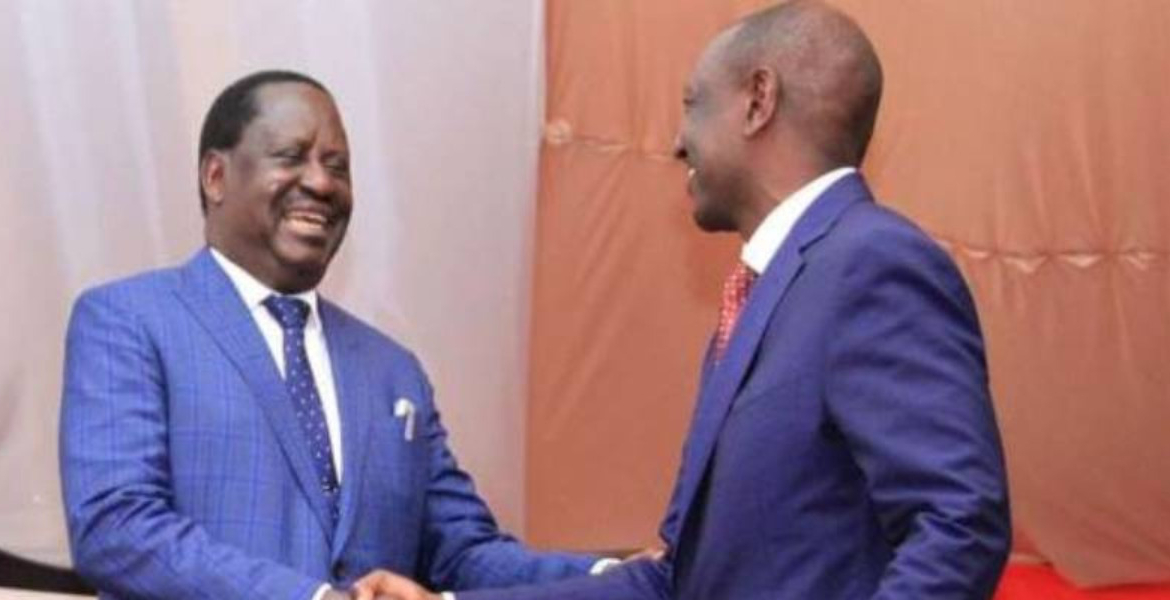
The Orange Democratic Movement (ODM), Kenya's prominent opposition party, is grappling with escalating internal divisions that jeopardise its cohesion and future prospects as the nation approaches the 2027 general elections.
As party members reassess their allegiances, a fundamental tension is emerging between those advocating for political pragmatism through continued collaboration and those determined to uphold ODM's core identity as a robust opposition force. This internal strife is unfolding against a backdrop of shifting political dynamics and poses a significant challenge to ODM's ability to remain a unified and influential entity.
At the core of ODM's internal conflict are two distinct factions, each affirming loyalty to Mr. Odinga but championing divergent visions for the party's direction. One faction, comprising accommodationists, includes ministers, governors, and legislators who have benefited from the Ruto administration's patronage. These individuals argue that sustained cooperation with the government provides ODM with an opportunity to demonstrate its governance philosophy on a national scale, potentially enhancing its appeal to voters.
Conversely, the loyalist faction views any alignment with the ruling United Democratic Alliance (UDA) as an existential threat, jeopardising both Mr. Odinga's standing and the party's long-term credibility. This faction emphasises the importance of maintaining ODM's independence and serving as a check on the government's actions.
Unlike previous internal disagreements, this conflict has unfolded publicly through press briefings, social media debates, and competing declarations, reflecting the depth and intensity of the divisions within ODM. Tensions reached a boiling point recently at the funeral of Kasipul MP Charles Ong’ondo Were, where ODM Secretary-General Edwin Sifuna's pointed criticisms prompted Mr. Odinga to caution against excessive rhetoric, highlighting the delicate balance Mr. Odinga must maintain to prevent further escalation.
The internal discord extends beyond ODM's rank-and-file members, reaching Mr. Odinga's closest advisors, who find themselves divided into opposing factions. While all pledge allegiance to him, the central question remains: Should he maintain his working relationship with President Ruto, or should he disengage and prepare for another presidential bid? For a leader renowned for his ability to reinvent himself politically, the decision holds considerable weight and will significantly impact ODM's trajectory.
A growing concern is whether Mr. Odinga's traditional support base, having experienced the advantages of being in government, would be willing to return to opposition. Party strategists express concerns about infiltration by Ruto's allies, as key ODM figures increasingly interact with the Executive.
ODM Chairperson and Homa Bay Governor Gladys Wanga recently delivered a passionate defence of the party's stronghold, declaring, "As the national chairperson of ODM, I want to make it very clear that Homa Bay County and the entire Nyanza region are ODM zones. The next time I see people shouting 'UDA,' we will not accept it. It will not happen under my watch." Her statement underscores the determination of some within ODM to resist any perceived encroachment by the ruling party. The fear of ideological dilution is a tangible concern. ODM's proximity to the government has placed it in a precarious position, where maintaining independence becomes increasingly difficult.
The current turmoil within ODM mirrors past political transitions in Africa. Chinua Achebe’s novel A Man of the People offers an insightful parallel. Set in post-independence Nigeria, the book explores the psychology of opposition figures who join the government after years in political exile. Achebe astutely observes: "A man who has just got back from the rain, dried his body, and put on dry clothes is more reluctant to go out again than one who has been indoors the whole time."
This sentiment captures the reluctance of politicians to return to opposition once they have experienced the comforts of power. Achebe further warns: "We ignore man's basic nature if we say, as some critics do, that because a man like Nanga has risen overnight from poverty and insignificance to his present opulence, he could be persuaded without much trouble to give it up again and return to his original state."
For ODM, the challenge lies in convincing party members that retreating into opposition is a viable path forward, particularly for those who have reaped tangible benefits from their newfound proximity to power. ODM’s entanglement with Ruto’s administration has already yielded political dividends for some. Individuals who argue for continued cooperation have either secured lucrative government positions or seen expedited development projects in their regions. Their preference for maintaining ties with the ruling party stems from practical, rather than ideological, considerations.
The presence of five senior ODM members in President Ruto’s Cabinet adds complexity to this dynamic. Energy Minister Opiyo Wandayi, National Treasury Minister John Mbadi, Mining Minister Hassan Joho, Cooperatives Minister Wycliffe Oparanya, and EAC Minister Beatrice Askul all hold significant positions within government, blurring the lines between opposition and executive leadership.
Meanwhile, ODM ideologues, including Secretary-General Sifuna and Siaya Governor James Orengo, argue that continued association with Ruto weakens the party’s identity. They warn that ODM risks being judged alongside President Ruto’s administration, a fate Mr. Odinga experienced in 2022 when his connection to former President Uhuru Kenyatta became a political liability.
In contrast to the 2018 handshake between Mr. Odinga and President Kenyatta, which did not involve an election, the current political arrangement places ODM in an awkward position. Should Mr. Odinga opt for another presidential bid, he will transition from being President Ruto’s ally to his direct opponent, marking a dramatic shift.
The question of whether Mr. Odinga should run for office in 2027 looms large. His brother, Oburu Oginga, has suggested that he should, but significant concerns are being raised regarding his age and political viability. At 82, the veteran politician would face intense scrutiny over his ability to endure the gruelling demands of a presidential campaign.
Some within ODM argue that if Dr. Ruto managed to defeat them in 2022, despite their alliance with former President Kenyatta, it would take an extraordinary effort to unseat him in 2027. Analysts caution that a sixth attempt could subject Mr. Odinga to political fatigue and erode his influence.
Political scholar Prof. Godwin Siundu notes: "Such manoeuvres are fraught with the risk of splitting parties in two, especially when the party is not fielding a presidential candidate. What do you do when some members defy the leader to remain in the current arrangement?"
The risk of defections remains high. Many ODM members who have developed working relationships within government may choose to remain loyal to Ruto rather than return to the opposition trenches. As Raila Odinga weighs his political future, ODM faces a fundamental crossroads.

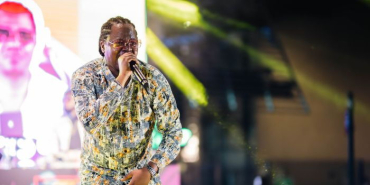
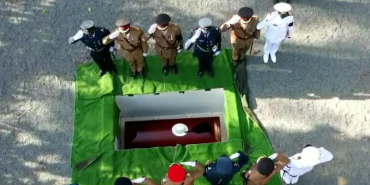
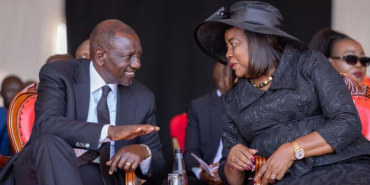
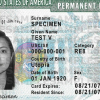

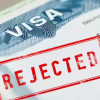

Add new comment